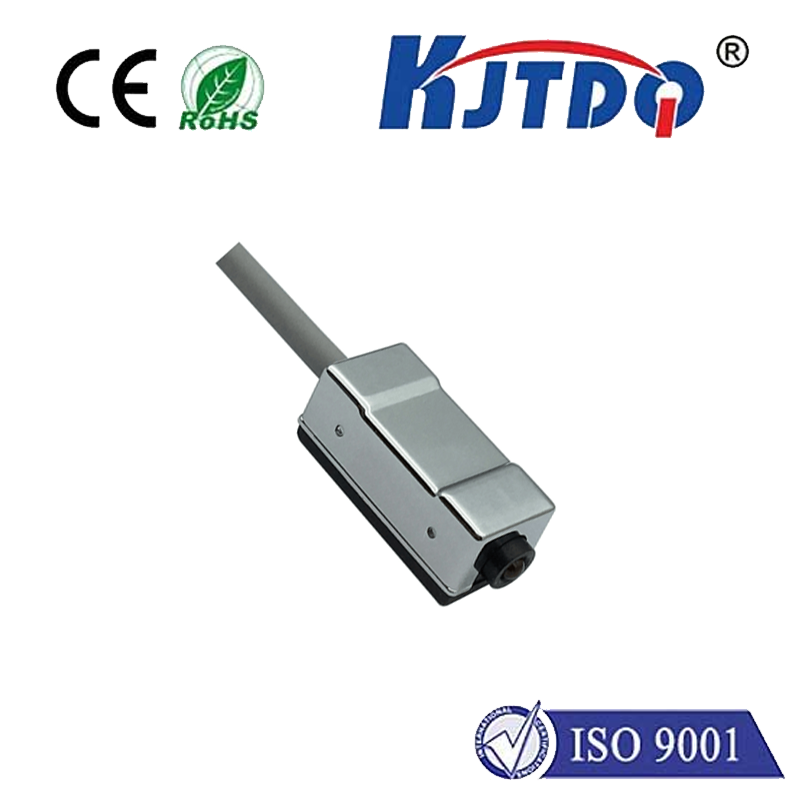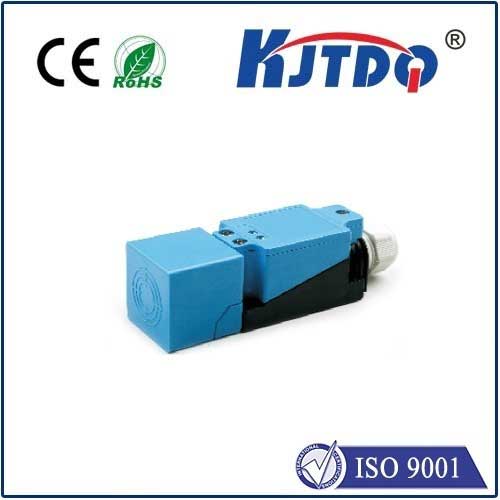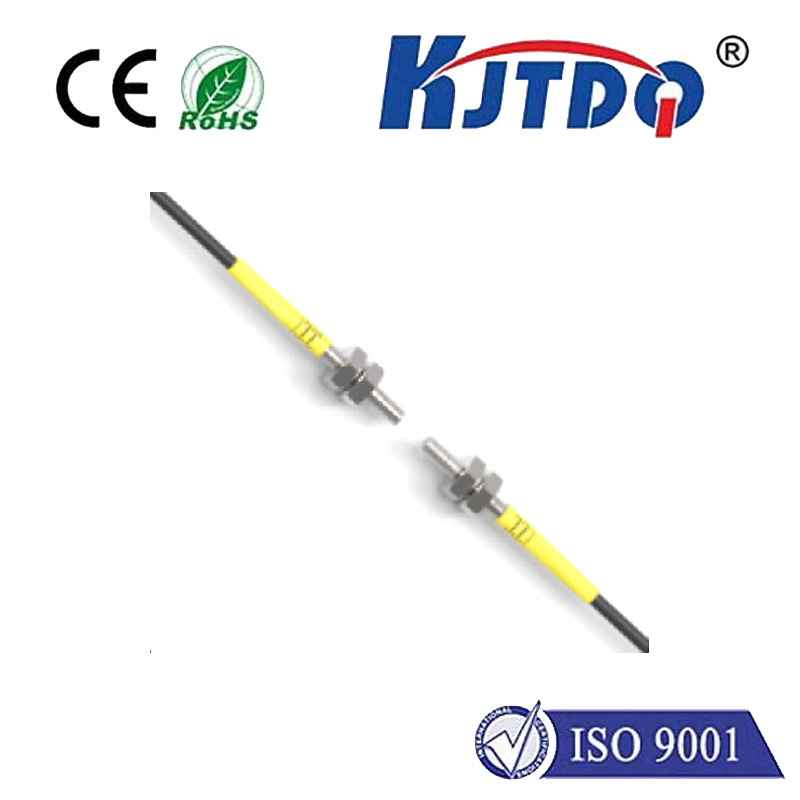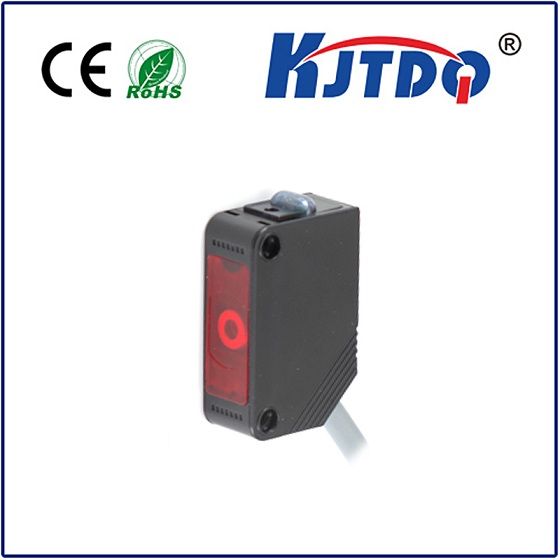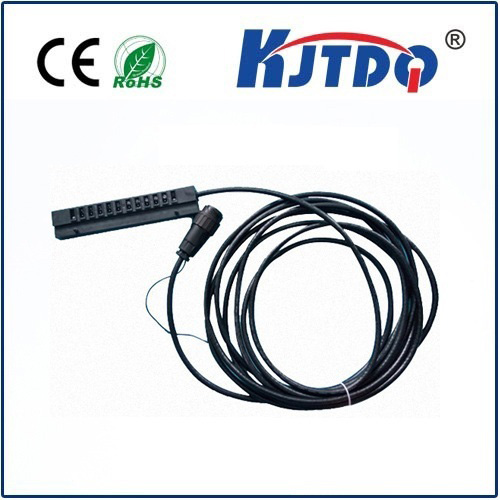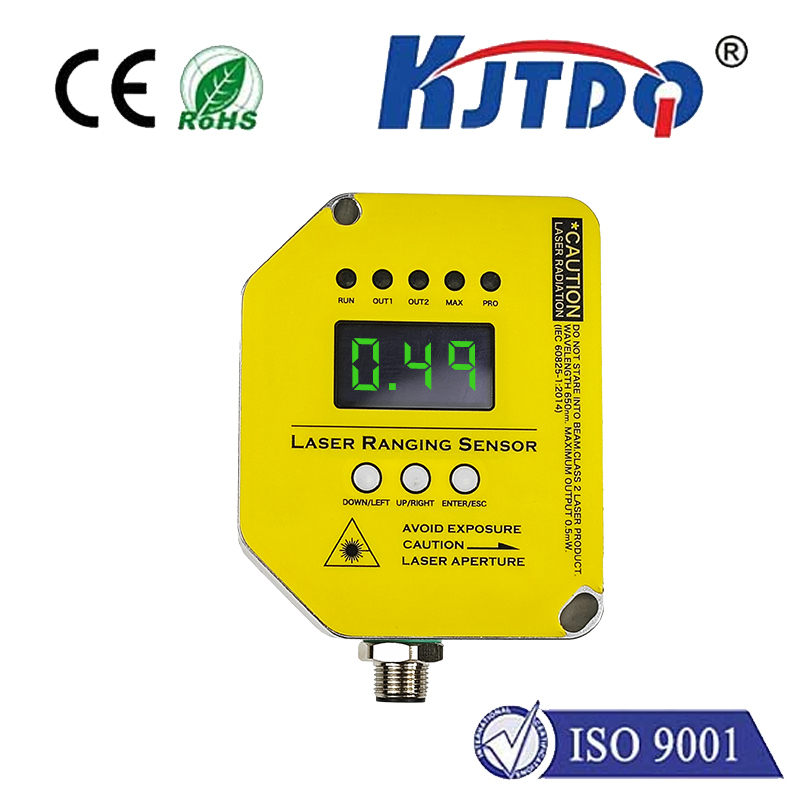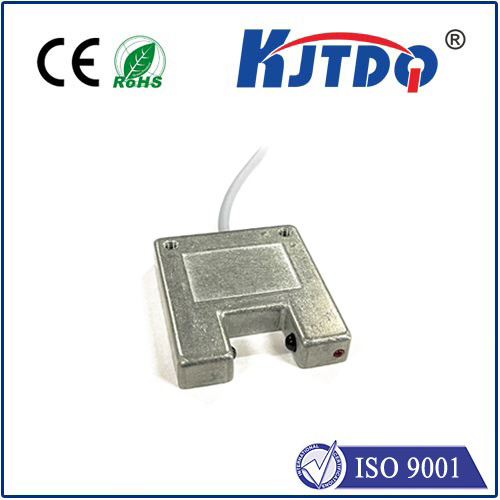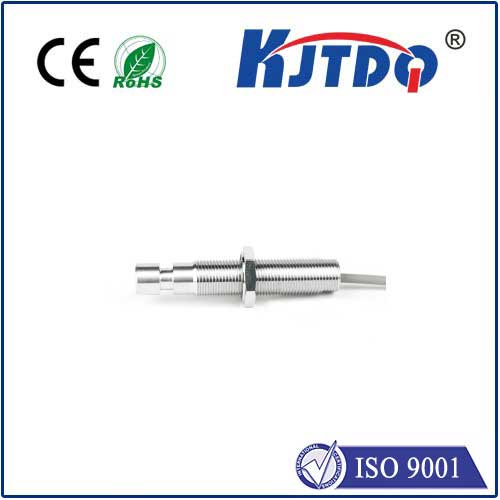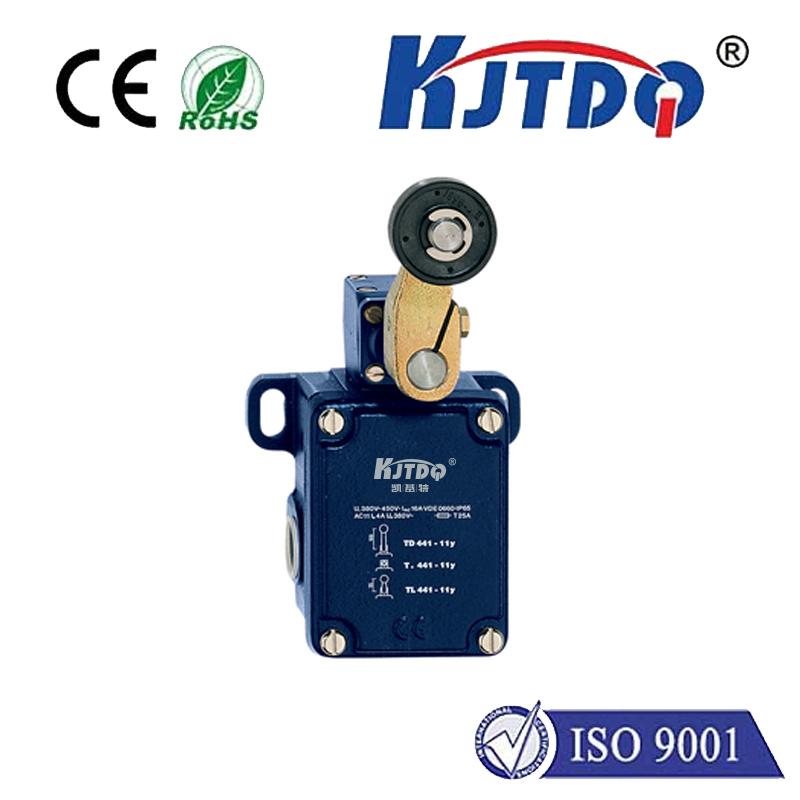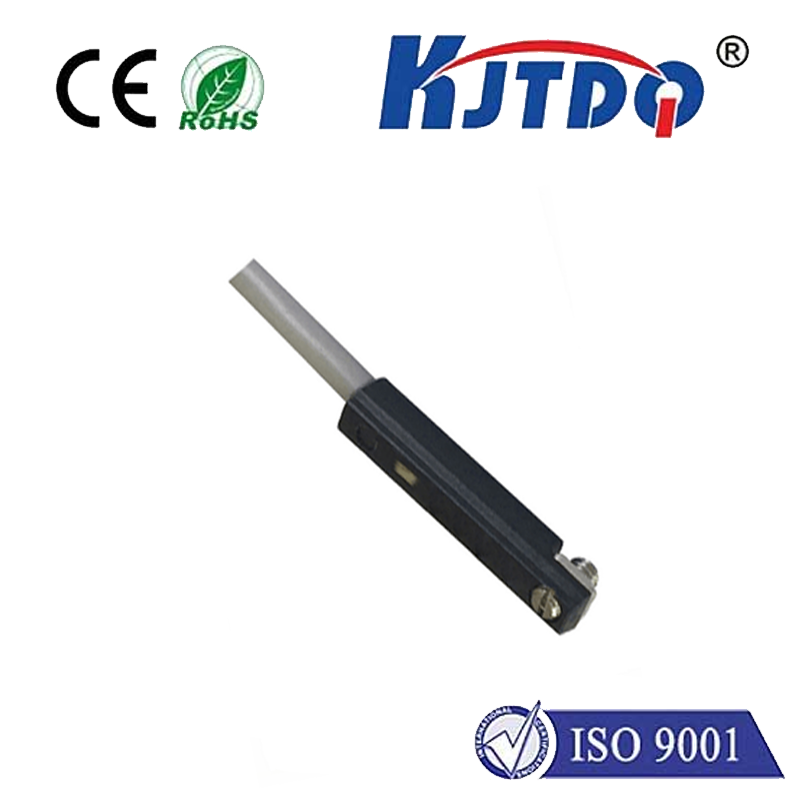
check

check

check

check
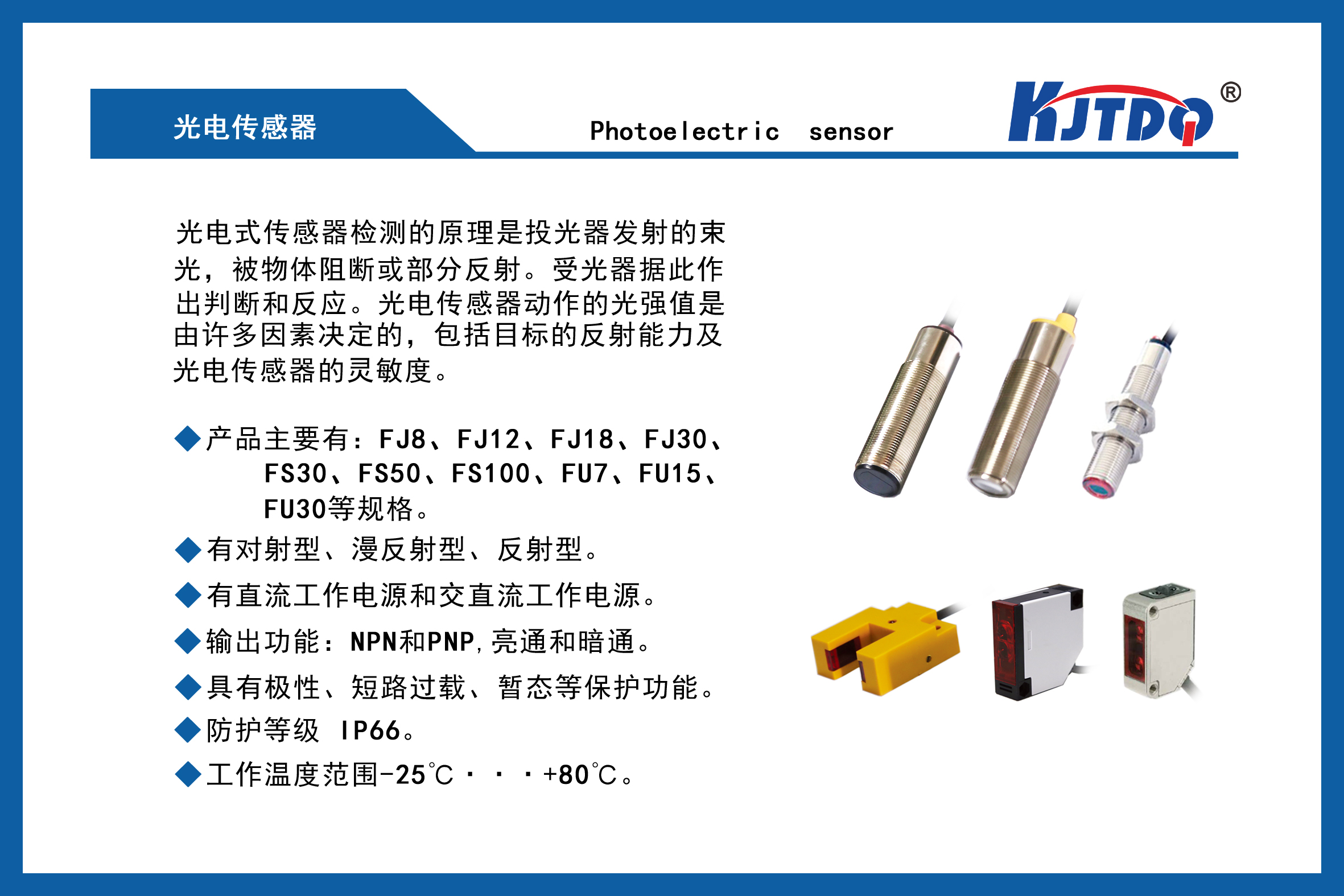
Photoelectric sensors realize detection functions by converting optical signals into electrical signals and are widely used in industrial automation, photoelectric measurement, photoelectric communications and other fields. Photoelectric sensors can be divided into various types based on their working principle and application range. This article will introduce you to several types of photoelectric sensors.
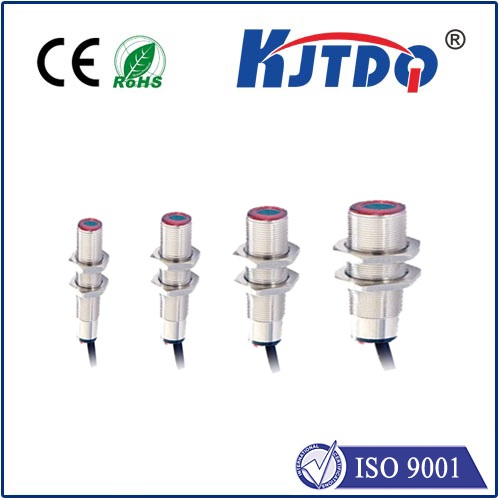
1. Photoelectric proximity sensor
A photoelectric proximity sensor (photoelectric switch) is a sensor that can detect whether an object is approaching. It emits a beam of light. When an object approaches, the beam is blocked by the object, thereby changing the light signal received by the receiver. According to different working principles, photoelectric proximity sensors can be divided into reflective, transmissive and optical fiber photoelectric proximity sensors.
· Reflective photoelectric proximity sensor: The light source and receiver are integrated together to detect the proximity of the object through the reflection of light by the object. When an object approaches the photoelectric switch, the light beam is blocked by the object, and the optical signal received by the receiver changes, thus triggering the signal output. This type of photoelectric switch is suitable for scenarios where objects are approaching.
· Transmissive photoelectric proximity sensor: The light source and receiver are arranged separately, and the proximity of the object is detected by the object's blocking of light.
· The light source emits a beam, and the beam passes through the object and is received by the receiver. When the object approaches the photoelectric switch, the beam is blocked, and the photoelectric switch detects the change in the light signal, thereby triggering the signal output. This type of photoelectric switch is suitable for monitoring scenes where objects pass or are blocked.
· Fiber-optic photoelectric proximity sensor: Using optical fiber to transmit optical signals, the light source and receiver can be flexibly arranged in different places, making it suitable for complex environments. The light source transmits the optical signal to the receiver through the optical fiber. When an object approaches or blocks the optical fiber, the transmission of the optical signal changes, triggering the signal output. This type of photoelectric switch is suitable for scenarios that require flexible installation and detection.
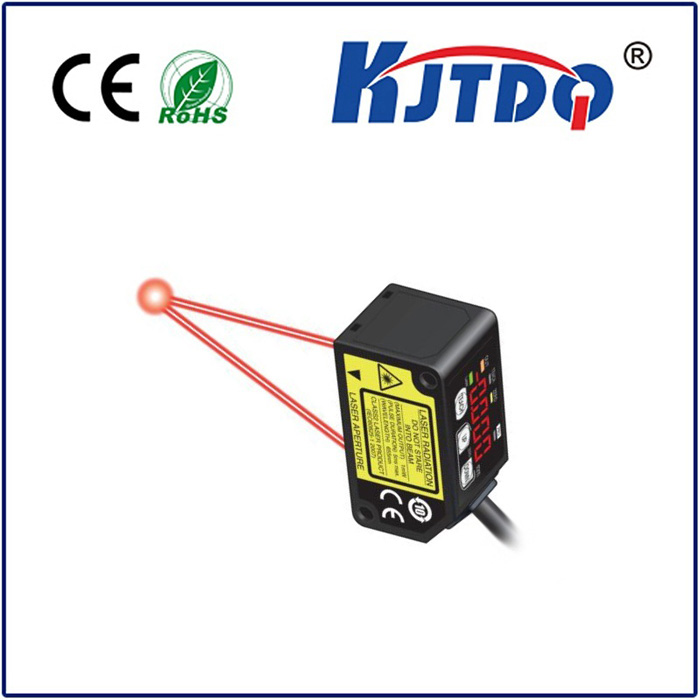
2. Photoelectric ranging sensor
The photoelectric ranging sensor is a commonly used sensor for measuring distance. It uses the characteristics of light to achieve the ranging function. The working principle of the photoelectric distance sensor is to emit a beam of light and measure the distance between the object and the sensor by receiving the light signal.
· The time-measuring photoelectric distance sensor calculates the distance by measuring the round-trip time of the optical signal. The sensor emits a beam of light and records the time difference between the emission and reception of the beam. According to the characteristic that light propagates at a fixed speed in a vacuum, the round-trip distance of the light beam between the object and the sensor can be calculated through the time difference.
· Phase measurement photoelectric distance sensors calculate distance by measuring the phase difference of optical signals. It sends a light signal at a specific frequency or wavelength and then measures the phase difference between the returned light signal and the emitted light signal. Since there is a specific relationship between phase and distance, the distance between the object and the sensor can be calculated by measuring the phase difference.
· Time measurement photoelectric ranging sensors have high accuracy and are suitable for application scenarios that require high-precision measurement, such as industrial automation, measuring instruments, etc. Phase measurement photoelectric ranging sensors are suitable for scenarios that require high measurement speed, such as automatic doors, robots, etc.
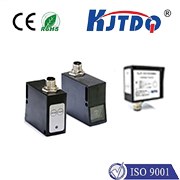
3. Photoelectric color sensor
The photoelectric color sensor is a sensor that can detect and identify the color of objects. It can emit light beams of different wavelengths. When the light beams illuminate an object, the object absorbs and reflects light of different wavelengths to different degrees, resulting in different color expressions. The photoelectric color sensor determines the color of an object by receiving and processing the light signal reflected back by the object. Specifically, when the photoelectric color sensor emits a light beam and shines on an object, it receives the light signal reflected back from the object. The sensor analyzes and processes these light signals to identify the color of the object. According to the different recognition principles of photoelectric color sensors, they can be divided into three-primary color sensors and full-spectrum photoelectric color sensors.
· The three-primary color photoelectric color sensor identifies the color of an object by measuring the degree of reflection of the three basic colors of red, green, and blue. The sensor emits light of three wavelengths: red, green, and blue, and records the intensity of the light signal reflected back from the object. By comparing and analyzing these signals, the sensor can determine the color of the object.
· Full-spectrum photoelectric color sensors identify colors by measuring the reflection of objects across the entire visible spectrum. It emits light at a continuous range of wavelengths and measures how well an object reflects that light. Full-spectrum photoelectric color sensors have higher recognition accuracy and can accurately identify very close colors.
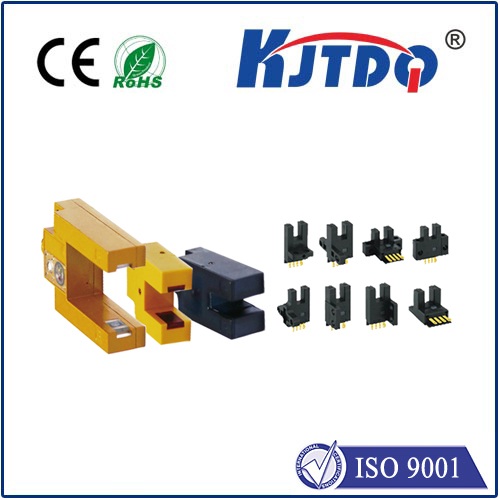
4. Photoelectric light intensity sensor
Photoelectric light intensity sensor. A photoelectric light intensity sensor is a sensor that can measure the intensity of a light signal. It determines the brightness of light by receiving the intensity of the light signal. Photoelectric light intensity sensors are widely used in photoelectric communications, photoelectric measurement and other fields. According to the different measurement ranges of photoelectric light intensity sensors, they can be divided into wide dynamic range and narrow dynamic range photoelectric light intensity sensors. The wide dynamic range photoelectric light intensity sensor has a large measurement range and is suitable for scenes with large brightness changes. Narrow dynamic range photoelectric light intensity sensors have a smaller measurement range and are suitable for scenes with small brightness changes.
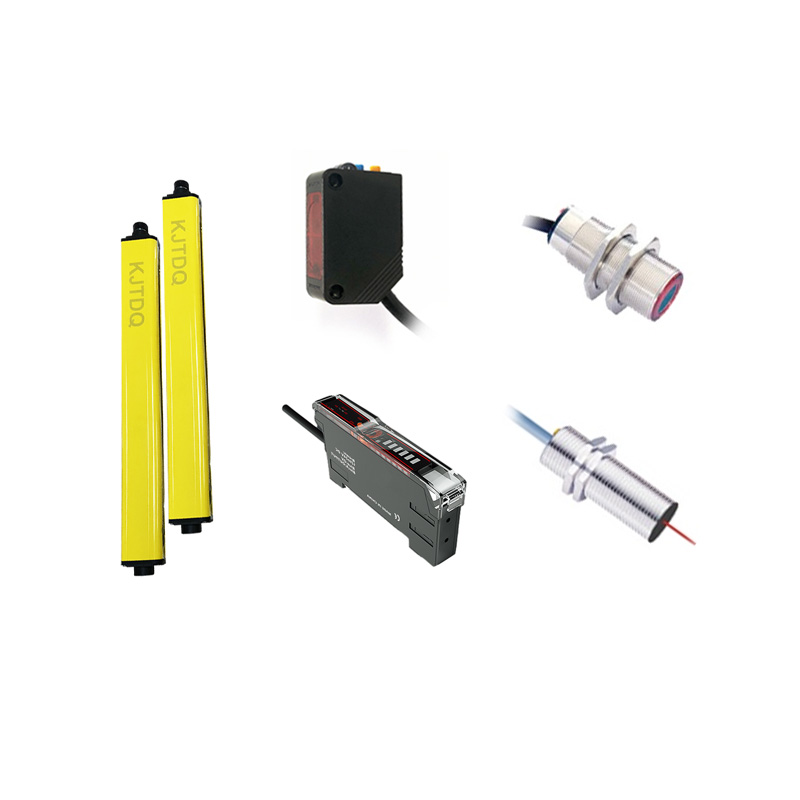
KJIT photoelectric sensors can reliably identify the presence of targets. They reliably detect shapes, colors, distances or thicknesses with high detection accuracy. Their detection range is significantly larger than inductive or capacitive proximity switches. We offer you sensors with all light types, from red light, infrared coverage to laser technology.
You can choose from various ranges of effects, with or without background shading. The wide range of structures available gives you maximum flexibility. For example, miniature sensors, color sensors, light strips and contrast sensors are available for special applications. All light types, all functional principles, different ranges of action from near to far, coordinated with the requirements in automation, robotic manufacturing technology, installation and operation, robust and reliable, also in adverse environmental conditions, through attractive The technical data ensure flexibility during planning and installation.
